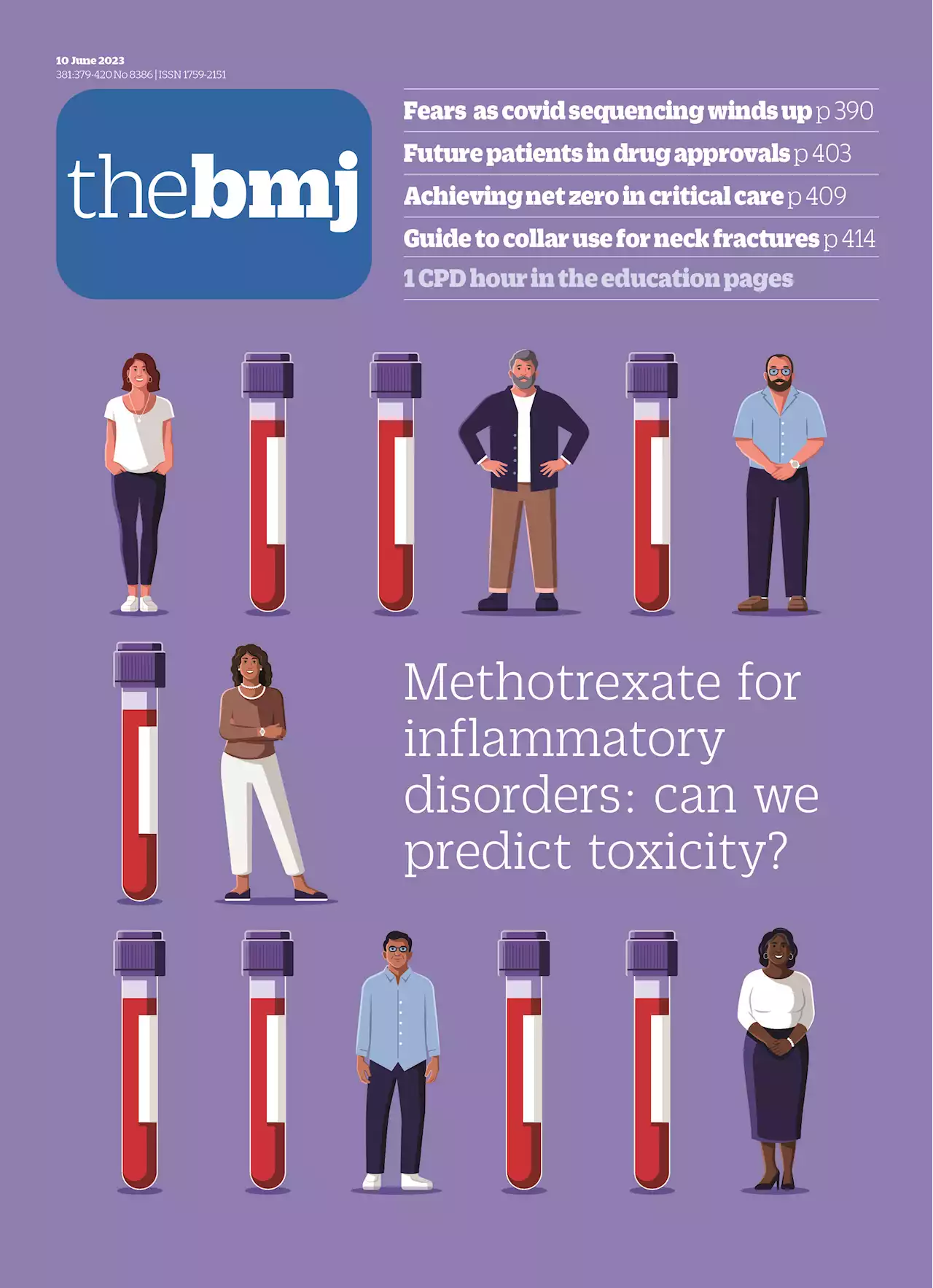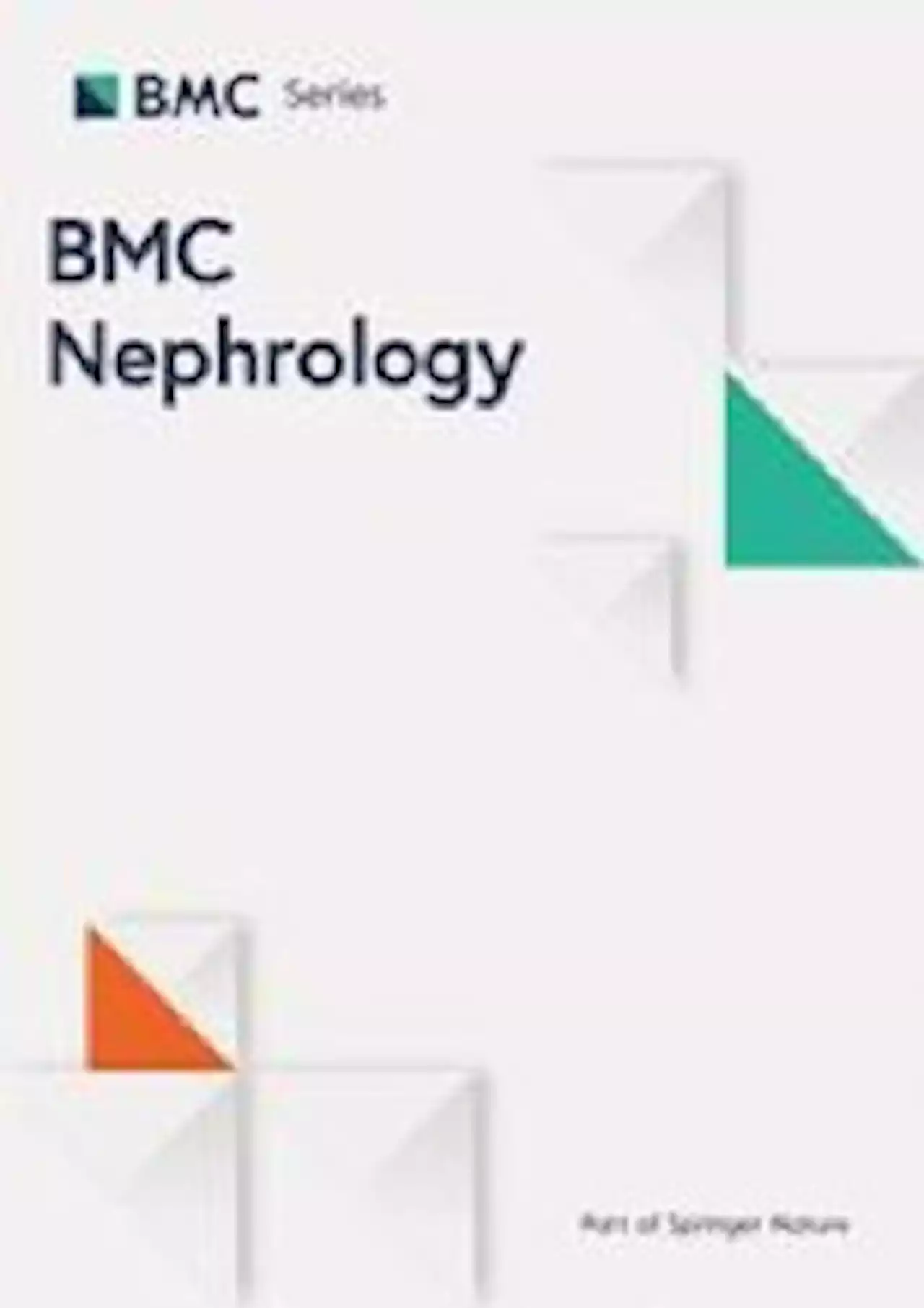Sickle cell mural boosts blood appeal by S_Fleary1
APPEAL: The new 'Giving Types' mural depicts real people from the black community who are regularly donating their blood
The stunning ‘Giving Type’ mural aims to empower communities to come together to change the narrative around sickle cell through the act of giving blood – which can save up to three lives with every donation. People of Black heritage are 10 times more likely than the general population to have the blood type needed by sickle cell patients, who require treatment with ethnically matched blood for the best possible outcomes.
The ‘Giving Types’ depicted within the mural tell the stories of real people who are helping sickle cell patients from the Black community by regularly donating their blood. The blood donors who are depicted in the mural are, Jaydan Manyan, 28, from Birmingham, Torkwase Holmes, from Bristol, Ronald Clarke, 63, from Greater Manchester, Samantha Awuku, 32, from London and Lloyd Simmonds, 64, also from London.
Ireland Latest News, Ireland Headlines
Similar News:You can also read news stories similar to this one that we have collected from other news sources.
 Breast cancer mortality in 500 000 women with early invasive breast cancer in England, 1993-2015: population based observational cohort studyObjectives To describe long term breast cancer mortality among women with a diagnosis of breast cancer in the past and estimate absolute breast cancer mortality risks for groups of patients with a recent diagnosis. Design Population based observational cohort study. Setting Routinely collected data from the National Cancer Registration and Analysis Service. Participants All 512 447 women registered with early invasive breast cancer (involving only breast and possibly axillary nodes) in England during January 1993 to December 2015, with follow-up to December 2020. Main outcome measures Annual breast cancer mortality rates and cumulative risks by time since diagnosis, calendar period of diagnosis, and nine characteristics of patients and tumours. Results For women with a diagnosis made within each of the calendar periods 1993-99, 2000-04, 2005-09, and 2010-15, the crude annual breast cancer mortality rate was highest during the five years after diagnosis and then declined. For any given time since diagnosis, crude annual breast cancer mortality rates and risks decreased with increasing calendar period. Crude five year breast cancer mortality risk was 14.4% (95% confidence interval 14.2% to 14.6%) for women with a diagnosis made during 1993-99 and 4.9% (4.8% to 5.0%) for women with a diagnosis made during 2010-15. Adjusted annual breast cancer mortality rates also decreased with increasing calendar period in nearly every patient group, by a factor of about three in oestrogen receptor positive disease and about two in oestrogen receptor negative disease. Considering just the women with a diagnosis made during 2010-15, cumulative five year breast cancer mortality risk varied substantially between women with different characteristics: it was |3% for 62.8% (96 085/153 006) of women but ≥20% for 4.6% (6962/153 006) of women. Conclusions These five year breast cancer mortality risks for patients with a recent diagnosis may be used to estimate breast cancer mortality risks fo
Breast cancer mortality in 500 000 women with early invasive breast cancer in England, 1993-2015: population based observational cohort studyObjectives To describe long term breast cancer mortality among women with a diagnosis of breast cancer in the past and estimate absolute breast cancer mortality risks for groups of patients with a recent diagnosis. Design Population based observational cohort study. Setting Routinely collected data from the National Cancer Registration and Analysis Service. Participants All 512 447 women registered with early invasive breast cancer (involving only breast and possibly axillary nodes) in England during January 1993 to December 2015, with follow-up to December 2020. Main outcome measures Annual breast cancer mortality rates and cumulative risks by time since diagnosis, calendar period of diagnosis, and nine characteristics of patients and tumours. Results For women with a diagnosis made within each of the calendar periods 1993-99, 2000-04, 2005-09, and 2010-15, the crude annual breast cancer mortality rate was highest during the five years after diagnosis and then declined. For any given time since diagnosis, crude annual breast cancer mortality rates and risks decreased with increasing calendar period. Crude five year breast cancer mortality risk was 14.4% (95% confidence interval 14.2% to 14.6%) for women with a diagnosis made during 1993-99 and 4.9% (4.8% to 5.0%) for women with a diagnosis made during 2010-15. Adjusted annual breast cancer mortality rates also decreased with increasing calendar period in nearly every patient group, by a factor of about three in oestrogen receptor positive disease and about two in oestrogen receptor negative disease. Considering just the women with a diagnosis made during 2010-15, cumulative five year breast cancer mortality risk varied substantially between women with different characteristics: it was |3% for 62.8% (96 085/153 006) of women but ≥20% for 4.6% (6962/153 006) of women. Conclusions These five year breast cancer mortality risks for patients with a recent diagnosis may be used to estimate breast cancer mortality risks fo
Read more »
 Homeowners with £300,000 mortgage could see annual payments rise by £13,200 by end of yearHomeowners with a \u00a3300,000 mortgage face an annual increase of \u00a313,200 in mortgage payments by the end of 2023, new analysis shows.
Homeowners with £300,000 mortgage could see annual payments rise by £13,200 by end of yearHomeowners with a \u00a3300,000 mortgage face an annual increase of \u00a313,200 in mortgage payments by the end of 2023, new analysis shows.
Read more »
 Exclusive: The Witcher's executive producer teases more spin-offs like Blood OriginThe Witcher's executive producer teases more spin-offs similar to Blood Origin
Exclusive: The Witcher's executive producer teases more spin-offs like Blood OriginThe Witcher's executive producer teases more spin-offs similar to Blood Origin
Read more »
 Gymnastics world prepares for ‘crazy' Olympic year, featuring veteran stars and new bloodGymnastics is one of the most competitive and cutthroat sports in the Olympics. Athletes have a narrow window of their lives to participate before the next wave of younger talent cycles in.
Gymnastics world prepares for ‘crazy' Olympic year, featuring veteran stars and new bloodGymnastics is one of the most competitive and cutthroat sports in the Olympics. Athletes have a narrow window of their lives to participate before the next wave of younger talent cycles in.
Read more »
 Bradykinin B2 receptor blockade and intradialytic hypotension - BMC NephrologyIntroduction Intradialytic hypotension (IDH) is a common clinical complication and is associated with increased morbidity and mortality in patients undergoing maintenance hemodialysis (MHD). The pathogenesis of IDH has been attributed to the rapid reduction of plasma volume during hemodialysis and the inadequate compensatory mechanisms in response to hypovolemia, such as the lack of vasoconstriction. This may be due to the increased production of vasodilators, such as bradykinin. In this study we test the hypothesis that bradykinin B2 receptor blockade prevents intradialytic hypotension. Methods We performed a post-hoc analysis of a double-blind, placebo-controlled, randomized, 2 × 2 crossover clinical trial comparing the continuous infusion of icatibant, a bradykinin B2 receptor blocker, and placebo during hemodialysis. Icatibant or placebo was infused for 30 min before and during hemodialysis in 11 patients on MHD. Results Seven of the patients had IDH, defined as a reduction of systolic blood pressure equal to or greater than 20 mmHg during hemodialysis. Stratified analysis, based on the presence of IDH, revealed that icatibant prevented the decrease in blood pressure compared to placebo in patients with IDH [blood pressure at average nadir (2.5 h after hemodialysis): Placebo,114.3 ± 8.9 vs. icatibant, 125.6 ± 9.1 mmHg, mean ± S.E.M]. Icatibant did not affect blood pressure in the group of patients without IDH. Conclusion Bradykinin B2 receptor blocker may prevent the occurrence of IDH. Further studies should evaluate the hemodynamic effects of icatibant during hemodialysis and the symptomatology associated with IDH.
Bradykinin B2 receptor blockade and intradialytic hypotension - BMC NephrologyIntroduction Intradialytic hypotension (IDH) is a common clinical complication and is associated with increased morbidity and mortality in patients undergoing maintenance hemodialysis (MHD). The pathogenesis of IDH has been attributed to the rapid reduction of plasma volume during hemodialysis and the inadequate compensatory mechanisms in response to hypovolemia, such as the lack of vasoconstriction. This may be due to the increased production of vasodilators, such as bradykinin. In this study we test the hypothesis that bradykinin B2 receptor blockade prevents intradialytic hypotension. Methods We performed a post-hoc analysis of a double-blind, placebo-controlled, randomized, 2 × 2 crossover clinical trial comparing the continuous infusion of icatibant, a bradykinin B2 receptor blocker, and placebo during hemodialysis. Icatibant or placebo was infused for 30 min before and during hemodialysis in 11 patients on MHD. Results Seven of the patients had IDH, defined as a reduction of systolic blood pressure equal to or greater than 20 mmHg during hemodialysis. Stratified analysis, based on the presence of IDH, revealed that icatibant prevented the decrease in blood pressure compared to placebo in patients with IDH [blood pressure at average nadir (2.5 h after hemodialysis): Placebo,114.3 ± 8.9 vs. icatibant, 125.6 ± 9.1 mmHg, mean ± S.E.M]. Icatibant did not affect blood pressure in the group of patients without IDH. Conclusion Bradykinin B2 receptor blocker may prevent the occurrence of IDH. Further studies should evaluate the hemodynamic effects of icatibant during hemodialysis and the symptomatology associated with IDH.
Read more »
